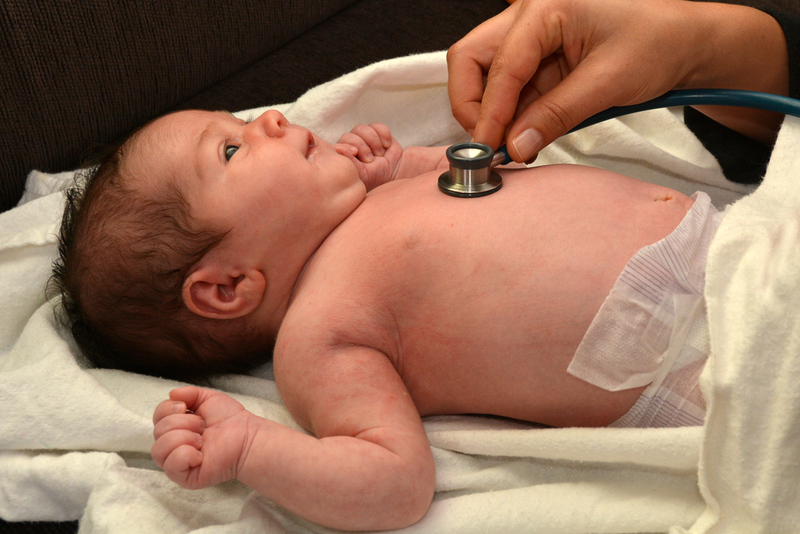Strengthening newborn health & prevention of birth defects
UNI Mar 06, 2019
Birth defects, also known as congenital anomalies, can be defined as structural or functional abnormalities, including metabolic disorders, which are present from birth.

Birth defects can cause spontaneous abortions and stillbirths as well as mortality and lifelong morbidity for those born with the birth defects. With the decline in infant and child mortality from other well-known causes, birth defects account for a greater proportion of the mortality.
Many of the birth defects are amenable to prevention through public health approaches. Owing to improvement in the management of neonatal infections and birth asphyxia, birth defects are increasingly seen as a significant cause of stillbirths and neonatal deaths.
Preventing birth defects-related mortality would contribute to further reductions in child mortality in all countries, whether they have achieved the MDG target or need to accelerate progress for achieving the MDG 4 target. In view of this, the World Health Assembly adopted Resolution WHA 63.17 in May 2010, which identified actions to address birth defects to impact stillbirths and neonatal mortality.
In the South-East Asia Region, the availability of epidemiological data and the burden of birth defects remains unknown because none of the Member States has a national surveillance mechanism for birth defects. Although small hospital-based studies have been conducted in some Member States, at this stage national-level estimates are available only from the Global March of Dimes Report 2006.
In response, the WHO Regional Office for South-East Asia in collaboration with the US Centers for disease Control and Prevention (US CDC) has organized significant activities in this area. A Regional Expert Group Meeting was organized in December 2011 that highlighted the need for capacity building in birth defects surveillance in countries to define the magnitude of the problem as well as monitor the progress of the birth defects prevention programmes.
-
Exclusive Write-ups & Webinars by KOLs
-
Daily Quiz by specialty
-
Paid Market Research Surveys
-
Case discussions, News & Journals' summaries